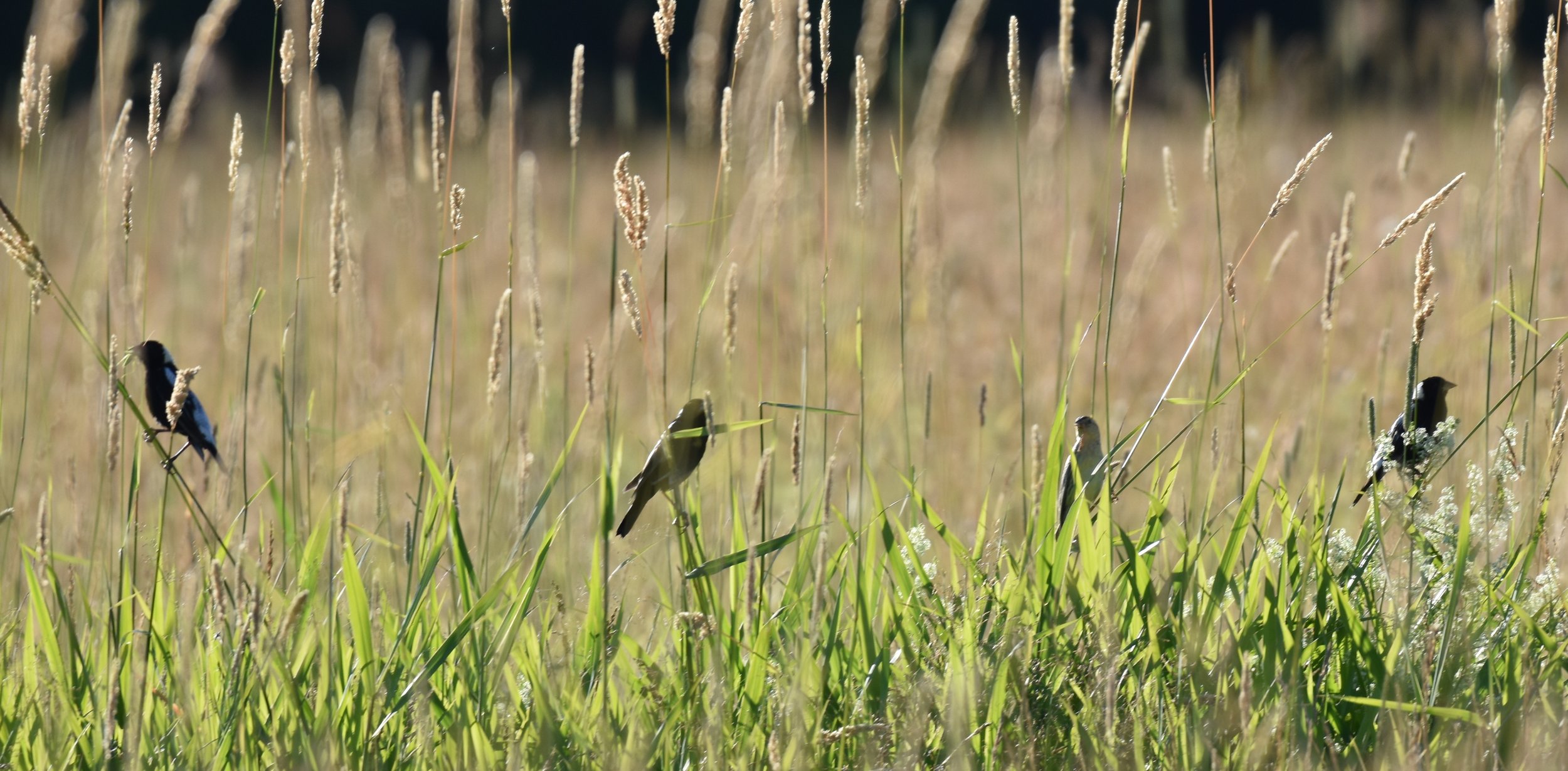Tim Hewett
Hewett Diversified Farm, Skowhegan
Tim Hewett, pc L Suomi-Lecker
BALANCING FINANCIAL NEEDS & HEALTH OF THE LAND
Tim grew up on a dairy farm and has been running his own diversified farm in Skowhegan for the last 30 years, producing and selling hay, corn, cattle, compost, maple syrup and wood.
He manages 643 acres of cropland, including roughly 210 acres in silage corn, and has experimented with cover crops, such as winter rye, triticale, red clover and tillage radish. Tim was one of the first to sign up for the District’s soil health program in 2014. This was a partnership with Waldo and Kennebec Districts as well as the University of Maine Cooperative Extension, funded by Natural Resources Conservation Service (NRCS) Conservation Innovation Grant (CIG). The program provided financial and technical assistance to landowners to innovatively add cover crops and reduce tillage on their farms.
Soil Health Rock Star
Tim was affectionately dubbed the “Rock Star” of the program, as he immediately jumped in with both feet, participating in several side-by-side split field trials with cover crops, then no-till corn planting, then inter-seeding cover crops in conjunction with his summer corn nitrogen applications. Each of these adventures came with a learning curve, but that didn’t discourage Tim from continuing on his soil health journey.
Tim Hewett fields, pc L Suomi-Lecker
What Tim started with CIG he continued in partnership with NRCS and the EQIP (Environmental Quality Incentives Program) program. With NRCS funding, Tim explored multi-species cover crop varieties and different installation methods for cover crop application on his corn silage fields. In addition, he worked with NRCS on increasing field residue from the corn by leaving higher stubble heights in order to reduce soil erosion and increase field organic matter. Also with the help of EQIP funding, he has seeded down long-time corn fields in recent years, as a means of improving soil health through crop rotation.
pc L Suomi-Lecker
In 2018, Tim became a first-time participant in the District’s Ag Allies grassland bird program. All of our grassland bird populations are in steep decline across the northeast, and this program works with farmers to locate fields with nesting birds, such as bobolinks, where hay harvest can be delayed until after the young have fledged in early July. Tim enrolled a 30-acre field in the program that first year, and fledging surveys identified large groups of bobolinks as well as savannah sparrows that were successfully reared in the field. When his conservation efforts for the birds were praised, Tim gave a shrug, saying “The incentive payment helps, but this is important. It’s just the right thing to do.”
REFUGE FOR BIRDS
Since then, Tim has managed that same 30-acre field for delayed harvest, haying after field surveys show birds have fledged. Over the years, bobolink pairs have increased from four to eight nesting pairs. Not only has the nesting activity increased for both bobolinks and Savannah sparrows, but this delayed field has become a refuge area for grassland birds from other farms.
pc Kshanti Greene
This past year, Ag Allies field monitor, Jennifer Brockway, noted nesting meadowlarks in an adjacent field that was slated for harvest within the week. Wishing to protect this increasingly rare species, but knowing this may present a hardship for Tim, Ag Allies managers scraped together a little additional incentive funding and offered to reduce the nesting area on the 30-acre field to help compensate. When presented with this offer, Tim did some quick figuring, declined to disturb his primary refuge and agreed to add the additional acreage.
“We like to help where and when we can. We’ll make it work,” Tim said. That made the difference for the meadowlarks as well as a couple of nesting bobolink pairs and a surprise nest of American Bitterns found when marking the block.
pc L Suomi-Lecker
Tim is constantly re-defining his farming operation with an eye to adding diversity and improving sustainability on his farm. He told me that what he likes about farming is that you can always try to make it better and that’s what makes it interesting. It is inspiring to see that he believes whole-heartedly in the conservation measures he is implementing. Overall, Tim’s attitude of stewardship and care of the land shine through in his farm management. He continually works to balance his financial needs with the health of the land, creating a sustainable operation that will serve future generations.
Profile by Laura Suomi-Lecker, 2022




